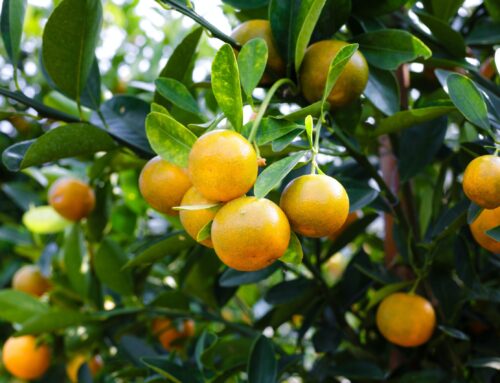Think Italian food is all pizza, pasta, and gelato? Think again. Italy’s culinary legacy goes far beyond the classics you see on tourist menus. From mountain villages to coastal towns, each region hides its own delicious secrets—often unknown to travelers.
Here are 10 surprising Italian foods you probably didn’t know were born in the Bel Paese—and exactly where to taste them.
🧀 1. Gorgonzola (Lombardy)
Yes, that bold blue cheese? 100% Italian. Gorgonzola hails from the town of the same name near Milan and has been made since the 9th century. It’s creamy, pungent, and perfect melted over polenta or served with honey and walnuts.
Where to try it: Traditional cheese cellars in Gorgonzola or cheese-focused osterias in Milan.
🐄 2. Bresaola (Valtellina, Lombardy)
This air-dried, aged beef is lean, delicate, and often mistaken for Spanish jamón. It’s been made in the Valtellina valley of northern Lombardy for centuries and is typically served thinly sliced with lemon juice, olive oil, and arugula.
Where to try it: Alpine trattorias in Valtellina or chic Milanese wine bars.
🍊 3. Arancini (Sicily)
Those golden fried rice balls? They’re not Spanish tapas—they’re Sicilian to the core. Arancini are stuffed with ragù, peas, and mozzarella, then breaded and fried to crispy perfection.
Where to try it: Palermo street food markets or traditional Sicilian bakeries.
🐟 4. Bottarga (Sardinia)
Often called “Mediterranean caviar,” bottarga is salted and dried mullet roe, grated over pasta or sliced thin as an appetizer. It’s rich, salty, and deeply savory.
Where to try it: Seaside restaurants in Cabras or Cagliari on the island of Sardinia.
🐑 5. Pecorino Romano (Lazio)
Many assume this iconic hard cheese is just a Parmesan cousin, but it has a sharper bite and comes from Lazio and Sardinia. It’s the real star in classic Roman dishes like carbonara and cacio e pepe.
Where to try it: Roman trattorias or countryside farms outside the capital.
🧈 6. Bagna Cauda (Piedmont)
This hot anchovy-garlic butter dip is served with raw or cooked vegetables—Italy’s answer to fondue. It’s a winter comfort dish rooted in Piedmont’s wine country.
Where to try it: Rustic inns near Alba or Asti, especially in truffle season.
🐷 7. Cotechino with Lentils (Modena, Emilia-Romagna)
This rich, slow-cooked pork sausage is traditionally eaten on New Year’s Eve to bring good luck. The lentils symbolize coins, and the hearty dish dates back to the 1500s.
Where to try it: Modena restaurants in winter, alongside balsamic vinegar tastings.
🧄 8. Pesto (Liguria)
Pesto might feel universal now, but it was born in Genoa. The authentic version uses fresh Genovese basil, pine nuts, Parmigiano, garlic, and Ligurian olive oil—crushed by mortar and pestle.
Where to try it: Small trattorias in Genoa or cliffside restaurants in Cinque Terre.
🍞 9. Focaccia (Liguria)
Forget your standard sandwich bread. Focaccia is a Ligurian invention, airy on the inside, golden on the outside, and drenched in olive oil. Try it plain, with rosemary, or topped with onions and olives.
Where to try it: Genoese bakeries early in the morning—still warm from the oven.
🍫 10. Gianduja (Piedmont)
Before Nutella, there was gianduja—a mix of chocolate and hazelnuts invented in Turin during Napoleon’s reign. It’s rich, velvety, and often sold as wrapped pralines or spreadable cream.
Where to try it: Artisan chocolate shops in Turin or local cafés with gianduja-filled pastries.
🧳 A Taste Worth Traveling For
Italy’s culinary map goes far beyond carbonara and caprese. Each hidden dish reveals a bit of local history, geography, and soul. So next time you visit, venture beyond the tourist menus and try something unexpected—you might just discover your new favorite flavor.


